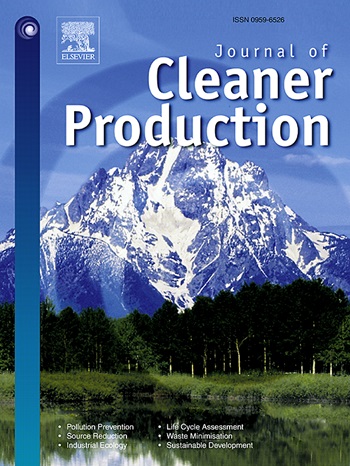Integrating allocation methods and regional optimization in life cycle assessment of floating photovoltaics for cleaner energy transitions in China
IF 9.7
1区 环境科学与生态学
Q1 ENGINEERING, ENVIRONMENTAL
引用次数: 0
Abstract
Floating photovoltaic (FPV) systems present a promising avenue for clean energy development by minimizing land-use conflicts and enhancing power generation efficiency. However, inconsistencies in life cycle assessment (LCA) allocation methods continue to obscure accurate carbon footprint estimations. This study demonstrated that the estimated carbon footprints of FPV systems ranged from 147.6 to 184.9 kg CO2/m2, with the Attributional with Production Output Substitution (APOS) method producing an intermediate value of 160.6 kg CO2/m2. To support strategic FPV deployment, we constructed a spatial optimization model tailored to China's seven grid zones, incorporating solar irradiance, grid carbon intensity, and system-level operational performance. The optimized allocation strategy could shorten the energy-based carbon payback time (EPBT) by up to 35.0 %, with current national averages ranging from 1.0 to 2.5 years. Scenario-based projections further suggest that as China's grid decarbonizes, EPBT will systematically rise from 13.6 months in 2023 to 16.7 months in 2030 and 18.9 months in 2035, due to diminishing marginal emission offsets. These insights underscore the time-sensitive value of near-term FPV adoption and offer a quantitative foundation for informed policy decisions, investment timing, and region-specific transition planning.


面向中国清洁能源转型的浮动光伏生命周期综合分配方法与区域优化
浮动光伏(FPV)系统通过减少土地使用冲突和提高发电效率,为清洁能源的发展提供了一条有前途的途径。然而,在生命周期评估(LCA)分配方法的不一致性继续模糊准确的碳足迹估计。研究表明,FPV系统的碳足迹估计范围在147.6 ~ 184.9 kg CO2/m2之间,其中生产产出替代归因法(APOS)产生的中间值为160.6 kg CO2/m2。为了支持战略部署,我们构建了一个适合中国七个电网区域的空间优化模型,考虑了太阳辐照度、电网碳强度和系统级运行性能。优化后的分配策略可将能源碳回收期(EPBT)缩短35.0%,目前全国平均水平为1.0 ~ 2.5年。基于情景的预测进一步表明,随着中国电网的脱碳,由于边际排放抵消的减少,EPBT将从2023年的13.6个月系统性地上升到2030年的16.7个月和2035年的18.9个月。这些见解强调了短期FPV采用的时间敏感性价值,并为知情的政策决策、投资时机和特定地区的过渡规划提供了定量基础。
本文章由计算机程序翻译,如有差异,请以英文原文为准。
求助全文
约1分钟内获得全文
求助全文
来源期刊

Journal of Cleaner Production
环境科学-工程:环境
CiteScore
20.40
自引率
9.00%
发文量
4720
审稿时长
111 days
期刊介绍:
The Journal of Cleaner Production is an international, transdisciplinary journal that addresses and discusses theoretical and practical Cleaner Production, Environmental, and Sustainability issues. It aims to help societies become more sustainable by focusing on the concept of 'Cleaner Production', which aims at preventing waste production and increasing efficiencies in energy, water, resources, and human capital use. The journal serves as a platform for corporations, governments, education institutions, regions, and societies to engage in discussions and research related to Cleaner Production, environmental, and sustainability practices.
 求助内容:
求助内容: 应助结果提醒方式:
应助结果提醒方式:


